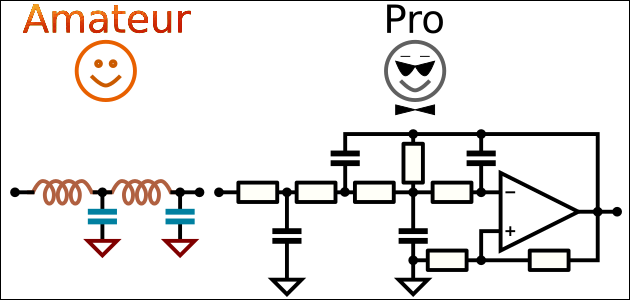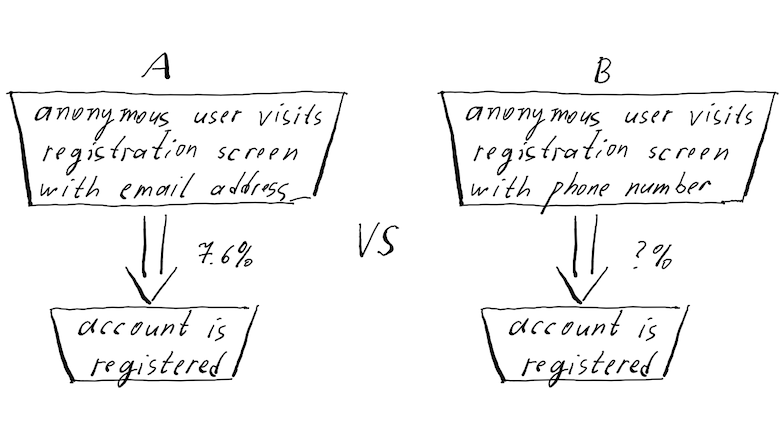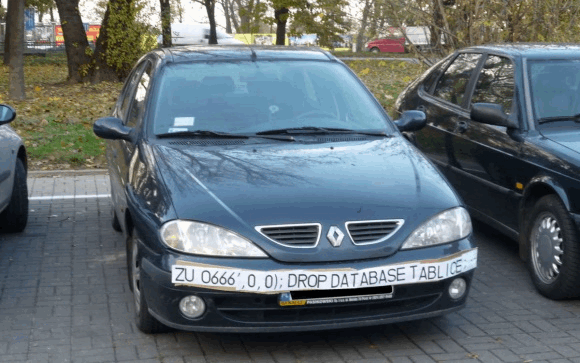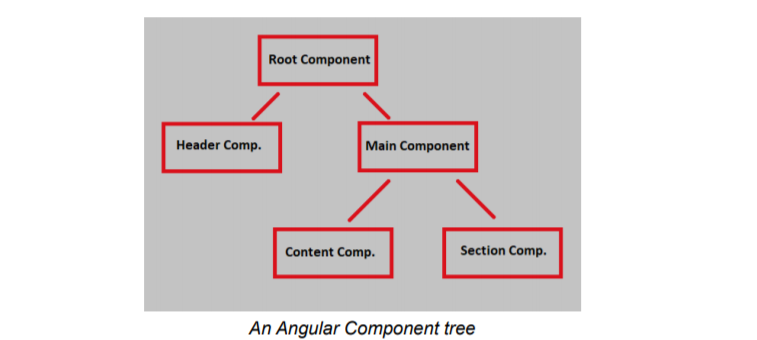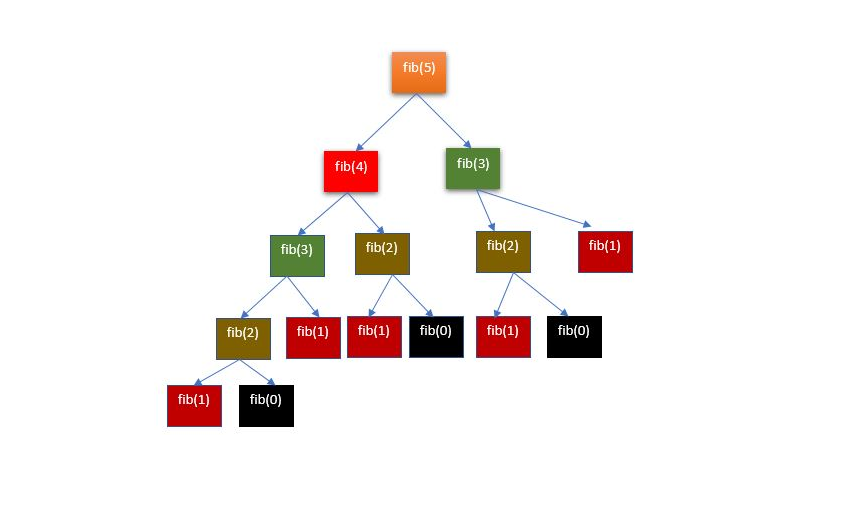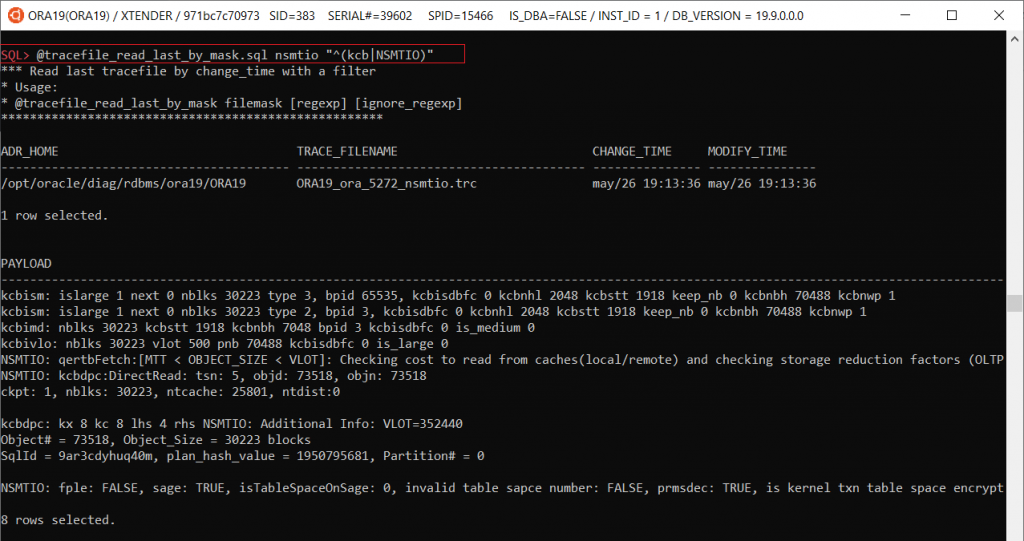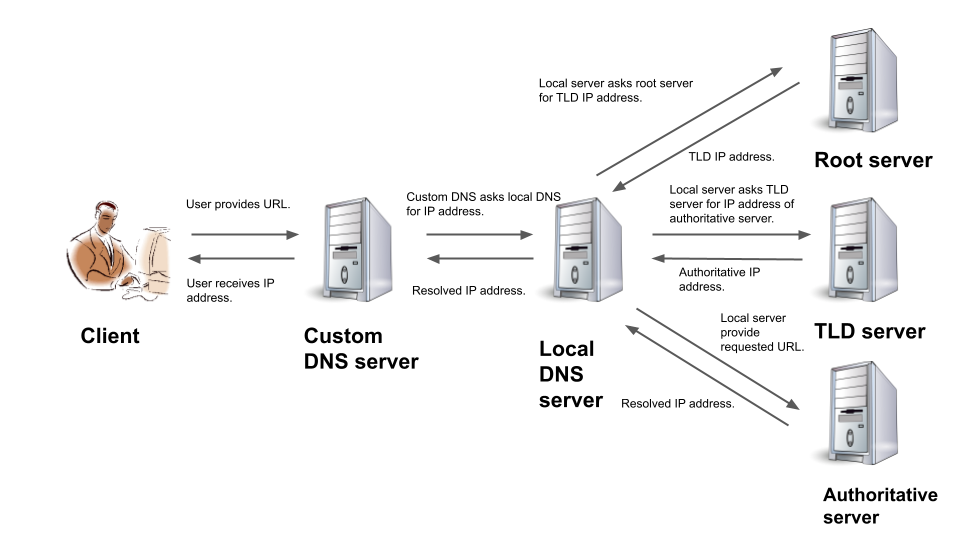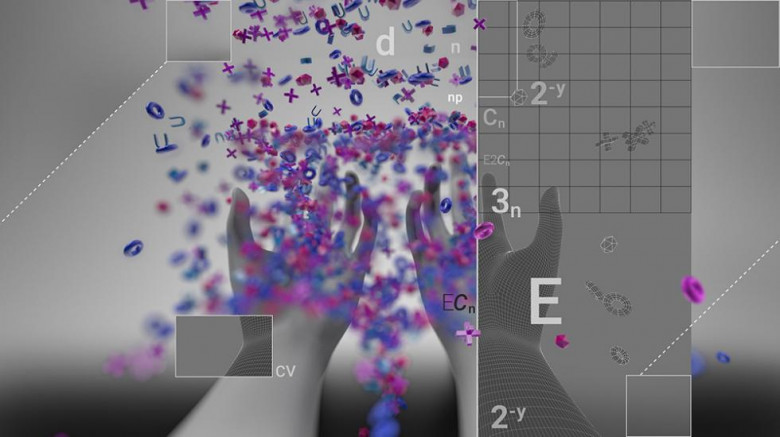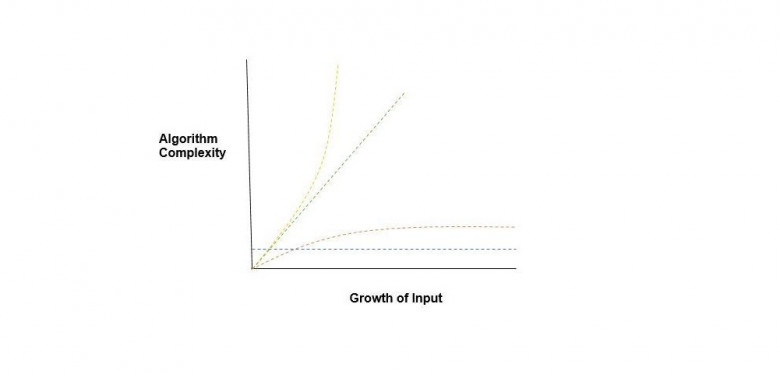PVS-Studio's New Website: How We Designed It
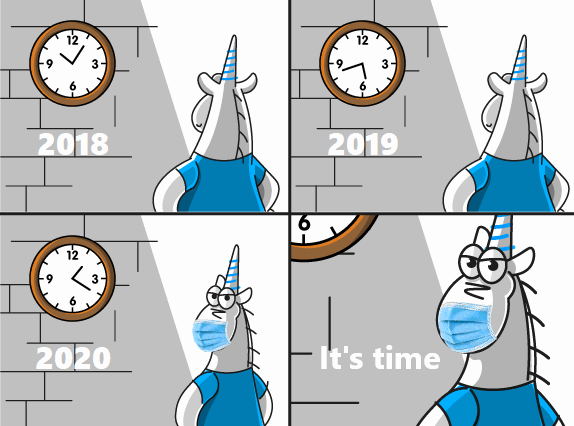
The PVS-Studio website turns 15 this year. This is quite significant for any internet resource. Back then, when our website was born, Russia announced 2006 as a year of humanities. That same year, in June, Denis Kryuchkov established a new platform, "Habrhabr" (now known as Habr). In November, Microsoft officially completed OS Windows Vista. That same month we registered the viva64.com domain.
We celebrated our domain's 10th anniversary with the website's redesign. After that, we would only change the resource capacity and features, but we'd never touch the design in any way. During this time, the number of articles grew so much that we needed to add tags to facilitate navigation. Right now we are also working on our YouTube channel. This means, you will see more and more new videos on our website as well. We keep adding new web pages at a tremendous rate, while the website's usability stays the same.
Time has come for big changes!
